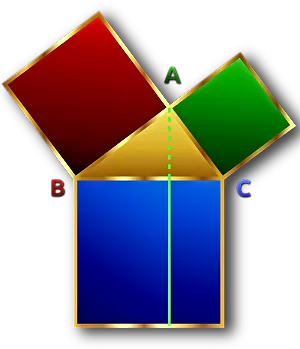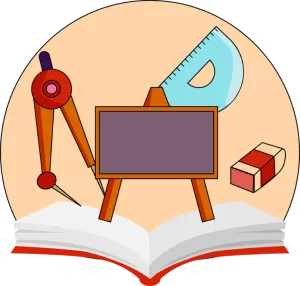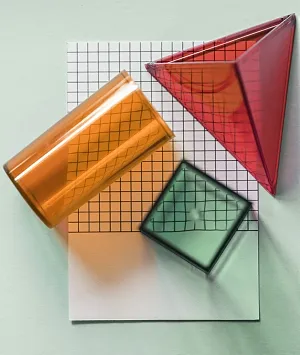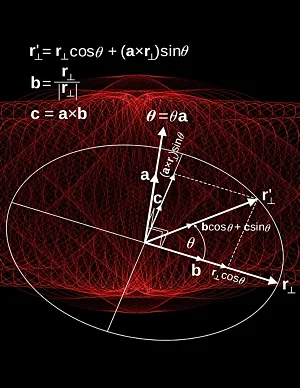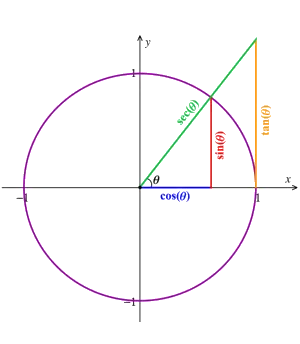StemQ Notice: The following is an answer to this question
We live in a 3D world and are surrounded by shapes all the time. Learning and understanding geometry is very important because it helps us to develop skills such as logic, problem-solving and spatial understanding. When it comes to practical applications, from construction to design, geometry is everywhere and there is not a single profession that does not need at least a basic understanding of it. This is why the understanding of geometric principles becomes a life skill that starts developing in early education and continues to its end.
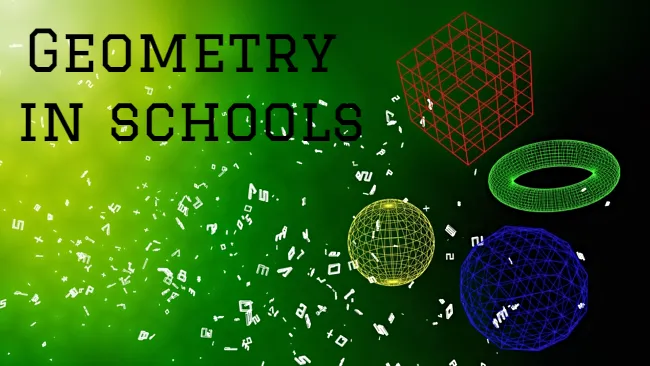
CC0 image, Pixabay, author: MasterTux, adapted
When it comes to learning geometry, I can not speak for any country but my own so I will focus on telling you how kids learn geometry in Croatia and what concepts are introduced at what age. Even though most kids are familiar with shapes from their toys and basics start at home and in kindergarten, the official learning begins in the first grade of primary school and continues in every grade. We have 8 grades before children choose their high school. Math is the same for every primary school but not for every high school. The complexity of all subjects, including math, depends on whether the high school is a Gymnasium or vocational school.


Everyting starts with spatial understanding. You can not understand and use the world we live in if you do not know how things are related to space and the position, size and shape. The knowledge of dealing with measurements and relationships of lines, angles, surfaces, and solids helps in understanding those relations. Geometry helps you with your visual ability and using your full brain capacity.
Wider your horizons and learn to think logical
Artistic creative thinking came to life thanks to geometry. From sculpturing to architecture, ideas and dreams were turned to reality. Even television and puzzles were influenced by it. Croatian educational system recognizes that geometry allows students to think outside the box and apply their logical thinking. This is why every single grade has geometry, as part of math, in it. The Euclidean and Analytic geometry are covered in primary school and high school with lengths, areas, volumes, circumferences, radii, Cartesian system etc. while the Differential Geometry with integral and differential calculus comes only in high schools that are Gymnasiums and later in college. Cognitive development and spatial visualization are highly impacted with knowledge and the applying of geometry and there is a great article about it that concluded how students' spatial visualization ability was significantly greater at the end of the geometry course than at the beginning. You can read it here:
The Importance of Spatial Visualization and Cognitive Development for Geometry Learning in Preservice Elementary Teachers by Michael T. Battista, Grayson H. Wheatley and Gary Talsma
It is very important to adjust our teaching methods and keep up to date with new findings on how children respond to certain techniques. That is why I am a strong believer that curriculums should be inspected and revised regularly. I have been a tutor for both primary school and high school for the last 15 years and my methods have evolved over time. I have found how, like with everything else, understanding the basics and having a solid ground to work on is the key to progress. That is why I go back to explaining and reminding children of the basics even in later years because some more complicated concepts are impossible to grasp without them. If you are interested in research and methods, I suggest you read the following paper:
New opportunities in geometry education at the primary school by Nathalie Sinclair and Cathy Bruce


Geometry starts in the first grade of Elementary school with children learning to draw and recognize geometric figures and objects. They learn the difference between straight and curved lines and they begin to use a ruler as their first mathematical tool. Second grade introduces points and connections between them. The tops of the geometric bodies and shapes are given as examples. With learning about length, shapes like triangle, rectangle, and square, children of this age know how to recognize and name different shapes, lengths, and points.
3rd and 4th grade
Children are 10 years old when they finish their 4th grade and by then they know how to recognize and draw line and half-line, interrelations between direction, perpendicular and parallel relations, and construct different geometric shapes with the use of a ruler and a pair of compasses. They also know how to draw a circle and carry the length with a pair of compasses. The percentage of geometry in 3rd grade is 20% of the math program and 46% in the 4th grade where they are precise in drawing angles and using mathematical symbols. They know how to construct and recognize different types of triangles based on the angles they have. Children also know how to construct different shapes, including the circle and they know how to define them. The 4th grade finishes with them having a motoric set of skills to use mathematical tools and knowledge about geometrical shapes with describing and constructing them with lengths, angles, sides, points, lines, and edges. Croatian children at age ten are fully capable of recognizing and using geometric shapes in creation and analysis of more complex forms.


In their first 4 grades, math and art class were interconnected and when they reach grade 5, new concepts are not introduced until older ones are went over in more detail. Everything they have learned so far is revised and studied in more detail with the gradual expansion of knowledge. In their 5th grade (age 11), they construct different triangles and analyze their relations with conformity theorems of triangles. They learn how to construct and analyze parallelogram, square, rhombus, rectangle, trapezius, and deltoid in their 6th grade. The translation of plane figures and vectors are also in this grade with addition and subtraction of vectors using both the method of triangle and parallelogram.
Less geometry in 7th and 8th grade
7th grade has the least amount of geometry, only around 5% and is mostly about polygons. They learn to recognize and construct correct and irregular polygons, convex and non-convex ones and solve related combinatorial tasks. 8th grade has about 15% of geometry that is about special perception, square mesh, and more complex bodies. Children finish their 8th and final grade of elementary school at age 14 and by then know how to recognize, describe, analyze, and solve problems about prism, pyramids, cylinder, and cone with the use of precise mathematical language. They are also equipt with the knowledge on Thales theorem of proportionality which they know how to solve and construct, and know how to apply and calculate the Pythagorean theorem.


There are two groups of high schools in Croatia, Gymnasiums and technical vocational schools. Curriculums for them are different and math, in general, is much easier in vocational schools. Gymnasiums prepare students for college so the level of knowledge they provide is pretty huge. I personally know a couple of people who had absolutely no problem in getting into top colleges in USA and Britain after finishing Gymnasiums in Croatia. I remember a friend of mine, after coming back from student exchange in America in the 4th grade of Gymnasium, said that their math was a joke. I do not know if things have changed from back then (15 year ago) but she said that things that they were learning, we were learning 3 or more years before them and that some things from our high school program are not covered in America until college. I will focus on geometry in Gymnasiums in the continuation of this post.
Geometry in 1st and 2nd grade of high school
1st grade is all about planimetrics. Thales' Theorem and the similarity of triangles, Heron' formula, and Euclid's theorem are things they learn as well as the modulation and the solving of problems in geometry. The 2nd grade deals with the circle, circular arc, orthogonal projection, volume and surface area, trigonometric functions, rotary bodies, and truncated bodies. From 210 hours of math in the 1st grade, geometry takes around 12% of it while from the same number of hours in the 2nd grade, geometry takes about 29%. If you are wondering what is the other stuff they learn besides geometry in math, those would be algebra (roots, fractions, square equations etc), functions, statistics, measurements, arrays etc.
Geometry in 3rd and 4th grade of high school
Third grade is focused on functions in geometry, both graphs, calculations, and modeling. Equations and inequalities are solved on the unit trigonometric cycle, vector equations are learned, and they cover the interpretation of data using the regression line and linear trend. They also solve equations for the tangent to a circle, ellipse, parabola, hyperbola, asymptotes etc. This grade is often considered most complexed and the hardest in high school when it comes to geometry. It takes around 36% of the entire math they learn that year while the 4th grade is considered to be the easiest in geometry. 4th grade has only 6% of geometry and it is all about complex numbers in Gauss's plane where they learn how to interpret the geometrical meaning of complex calculations in Gaussian plane.


Methods of teaching geometry have evolved and the use of computers and additional aid is more and more accepted in schools. Teachers still teach, draw, and calculate on the blackboard but more and more schools are applying smartboards, apps and the use of modeling materials such as clay to help with the learning process. Math is taught using everyday life problems and connected with other subjects whenever possible. The interdisciplinary approach helps children to realize that math is found in every subject, even the social studies.
There are problems...
The biggest problem with Croatian curriculum is that it is too big. It is not too complex and students have proven how they are more than capable of following the teachings and learning everything they need but teachers often do not have enough time to cover everything that curriculum is proposing. That problem is bigger in high school because not all primary schools have the same criteria for grading (even though they should) and it has become normal that two children from two different schools have the same grade in a certain subject but a completely different level of knowledge. What happens is that teachers in high school sometimes spend too much time going over things that should have been covered in primary school and the main theme is that we are always behind the schedule or following the schedule at the expense of children not understanding the material. Luckily for both the parents and the teachers, this is where people like me come in, private tutors. Not an ideal solution but the one we currently have.
Private tutors are able to bring their full bag of tricks and work one on one with students which allows them full focus on the individual and his or her needs. There is an option to pay for tutoring and the competition there is fierce with more and more teachers quitting work in schools and becoming a tutor. Free tutoring is available in some churches and associations. I am a private tutor in math, physics, chemistry, English, and computer science for both primary and high school, kindergarten age and for adults. I charge 8 Euros per hour. In comparison, the average pay per hour in Croatia (all professions included) is around 4,8 Euros. My fee is considered to be average, there are those who charge up to 13 euros per hour for tutoring. I have found that only with constant improvement of my materials, tools, and methods can I continue to be good at what I do. In my 15 years of practice, I have seen almost every type of children and every type of parents. Do you want to know a secret? The problem is never with the children...
If you are interested in learning more on this subject, check out these REFERENCES:
Croatian National Curriculum for Math from kurikulum.hr
Why do we study geometry? Answers through the ages from University of Cambridge
Analytic geometry from britannica.com
Geometry from .wikipedia.org

Until next time,
KEEP YOUR SMILE ON!
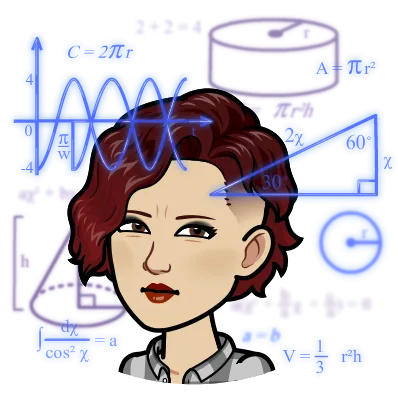


Image sources AND LICENCES in order of appearance:
- all images used in this post are free for commercial use, they are royalty free with the links to original images provided under them
- titles are made with the CC0 image from Pixabay that can be found here
- line divider that I use is from FREE CLIPART LIBRARY, and is here
- my bitmoji avatar was created on https://www.bitmoji.com/, visit the site to create yourown
PROUD MEMBER OF:
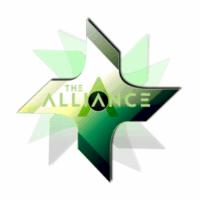
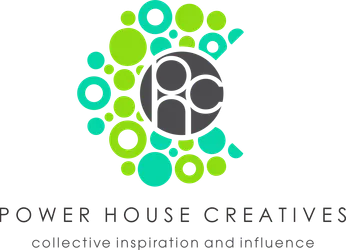
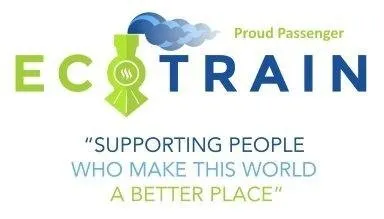


StemQ Notice: This post was originally submitted on StemQ.io, a Q&A application for STEM subjects powered by the Steem blockchain.
